#medieval london
Text
7 notes
·
View notes
Text
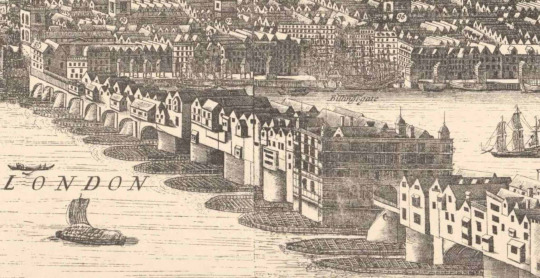
The original medieval London bridge spanned the River Thames from the 13th to 19th century. 'Old London Bridge' as it is now known was adorned with medieval dwellings such as houses, shops and chapels.
The assortment of buildings spanning the length of the bridge created a bottleneck; leading to the Lord Mayor of London having to implement a "keep left" rule to ease congestion on the bridge in 1722.
The houses on the bridge were eventually removed in the 1760s to make more room for traffic. But the bridge itself would only remain until 1824; when demolition of the bridge began. Most of the stones were dumped into the River Thames itself; while other parts of the bridge were reused elsewhere.
The pedestrian alcoves that spanned the bridge from the Georgian era onwards were removed intact. Two of these alcoves can be found Victoria Park; while another inhabited the courtyard of Guy's Hospital.
A set of King's arms that were displayed on the southern gateway of the bridge from 1730 are now displayed above the doorway of an appropriately names pub: The King's Arms.
#london bridge#old london bridge#original london bridge#medieval london bridge#medieval#medieval history#medieval london#london#london history#historyblr#history student#historian#history article#blog#blog post#medievalist
1 note
·
View note
Text
Ms. Codex 1063 is a 15th century book of hours produced in England, probably London, perhaps for a member of a religious confraternity or community. The musical notation in the Office of the Dead is unusual.
🔗:
#medieval#manuscript#15th century#illumination#illuminated manuscript#medieval manuscript#london#sarum#music#musical notation#book history#rare books
199 notes
·
View notes
Text
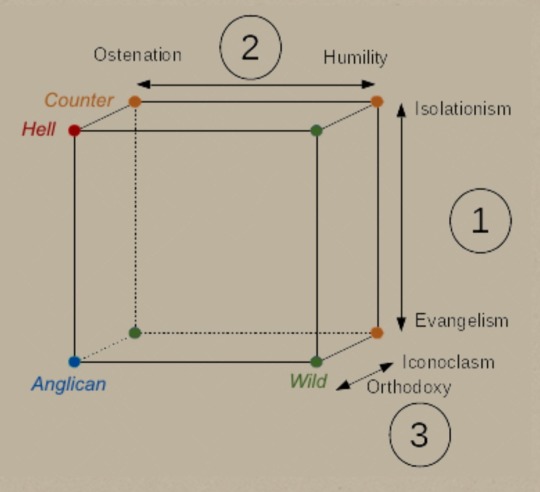
ah yes, the Church Cube
#this is how medieval theology works#I'm not building a church btw I'm choosing the freehold#but this is so funny out of context#fallen london
204 notes
·
View notes
Text
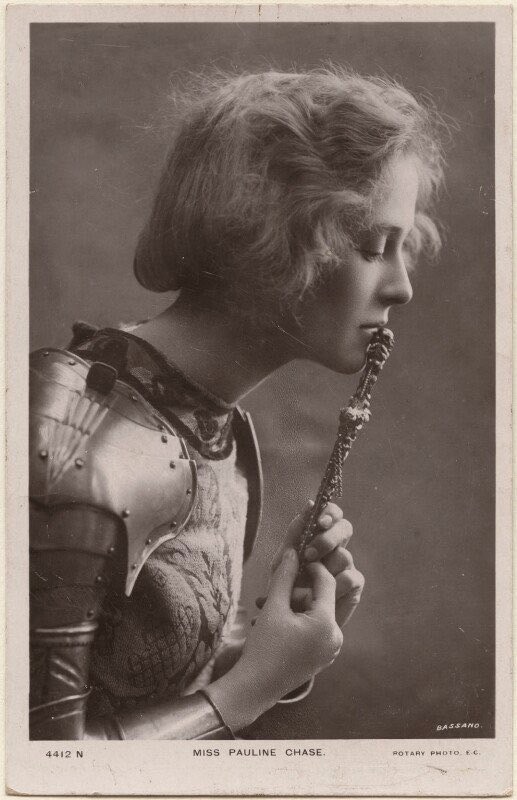

#pauline chase#stage actress#actress#theatre#edwardian#lady knight#lady#knight#armour#medieval#middle ages#joan of arc#stage#play#london#photography#photograph#art#history#miss pauline chase
989 notes
·
View notes
Text

#westminister abbey#westminster#london#architecture#england#higginsandcole#history#art history#medieval#snow#winter
877 notes
·
View notes
Text
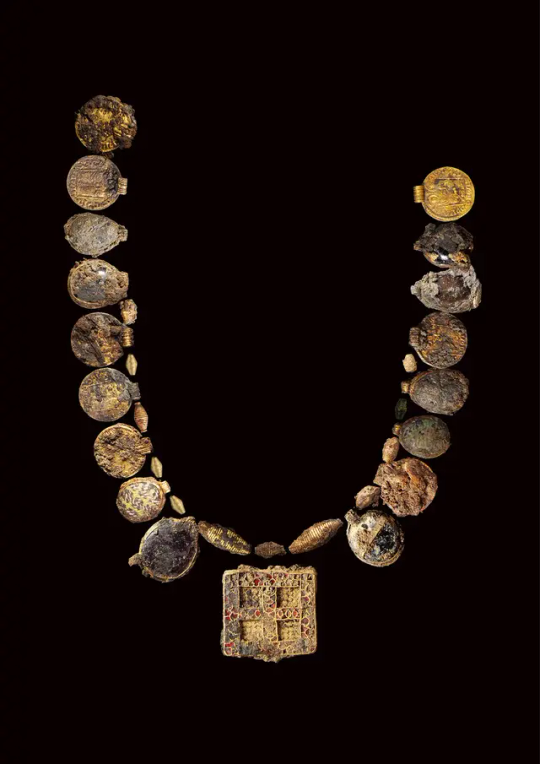
‘Unusual’ and ‘Unique’ Treasures Found in Woman’s 1,300-Year-Old Grave in England
More than 1,300 years ago, a young woman was buried in England — along with various medieval treasures. Now, a year after discovering the ancient grave, experts have unearthed another “unique” artifact from the site.
Archaeologists discovered an “extremely delicate, large silver and gold cross backed with wood,” according to a Dec. 12 news release from the Museum of London Archaeology. The cross was described as an “unusual item,” and it was found in a grave dating between 630 and 670 A.D.
The cross was first identified with an X-ray image, experts said. Then, archaeologists conducted micro-excavations by removing “whole blocks of soil” from the site before examining them in a controlled lab.

Lab excavations revealed the artifact, which is a central cross “decorated with a smaller gold cross,” according to officials. It has five garnets, one large and four smaller, and at the end of each arm is a small circular silver cross with garnet and gold at the center.
Experts said the cross resembles other crosses found in “high status female burials” from around the same time, indicating that the woman in the grave could have “held a very special position within the Christian community.”
“Seeing the central gold and garnet clasp cleaned up is breath-taking,” Simon Mortimer, an archaeology consultant, said in the museum’s news release. “The key is now to reassemble all of the evidence that was buried on that day with this lady – to understand the full significance of who she was, where she was from and how she came to be here and why. Those answers will rewrite our understanding of early Medieval Northamptonshire.”


Archaeologists are now working to determine whether the coins on the necklace were original Roman coins or if they were imitations made as part of the necklace, they said.
The original excavation also revealed several teeth fragments, but officials said further investigations at the site have uncovered more bones, which will give more insight into the deceased.
Since last year, osteologists have discovered “the upper part of a femur, part of the pelvic bone, some vertebrae and part of a hand and wrist,” the museum said. The bones were preserved because they were covered by a “crushed copper dish placed within the grave.”
Early analysis of the skeletal remains indicate that the deceased was likely a young woman, but further tests will be conducted to determine more details, according to experts.
Harpole is in Northamptonshire, which is approximately 70 mile northwest of London.
By Moira Ritter.
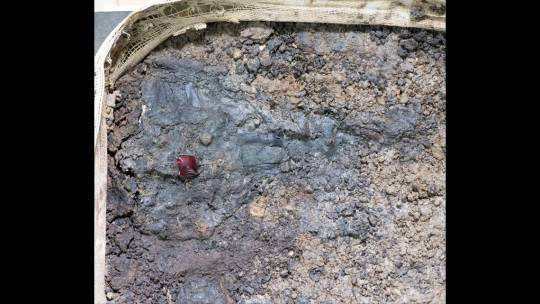
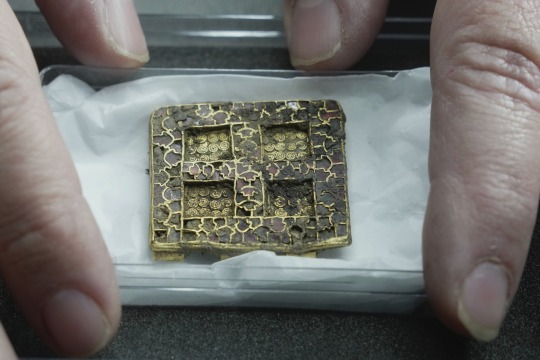
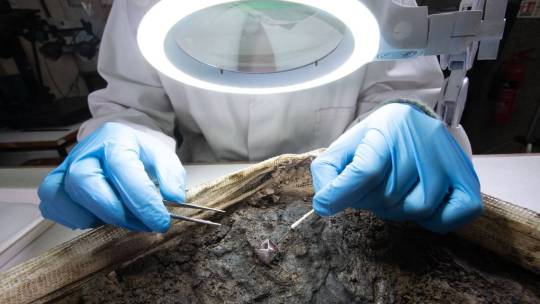


#‘Unusual’ and ‘Unique’ Treasures Found in Woman’s 1300-Year-Old Grave in England#Museum of London Archaeology#high status female burial#ancient grave#ancient tomb#ancient artifacts#archeology#archeolgst#history#history news#ancient history#ancient culture#ancient civilizations#medieval history#ancient jewelry#ancient art
134 notes
·
View notes
Text
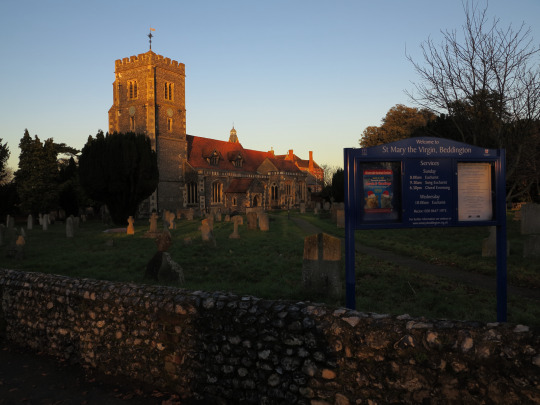
Beddington, London; 13.12.2014
#photography#photographers on tumblr#dubmill#London#Beddington#Sutton#England#UK#Britain#church#cemetery#architecture#medieval#gothic#original photography#original photograph#walk#Norwood Junction to Mitcham#2014#13122014
56 notes
·
View notes
Text


Our assistant librarian, Jake Hearn discovered these two images while cataloguing the Library’s 18th century copy of Johannis de Fordun Scotichronicon: a 5-volume Mediaeval account of Scottish history by John Fordun (1360 – c. 1384)
The original work took the format of a Gothic manuscript, a copy of which is now housed at the British Library (Harley MS 4764).
Jake also found this old article from 1898 which provides some explanation to the two images.
“King Henry, in 1257, after marching to Chester, ‘unfurled his royal banner like a dragon {quasi draconem) which knew not how to spare, and threatened Wales with general extermination.' During the barons' war (see Blaauw, ed. 1871, pp. 190, 191), the dragon was turned against Englishmen, fulfilling, albeit by anticipation, the poetical prediction that one day they would be 'seized in the dragon's mouth' (Bower's Scotichronicon , ii. 309)”
#library#law library#mtlibrary#inns of court#libraries#history#rare books#london#books & libraries#rarebook#dragon#dragons#gothic#medieval#middle ages
76 notes
·
View notes
Photo
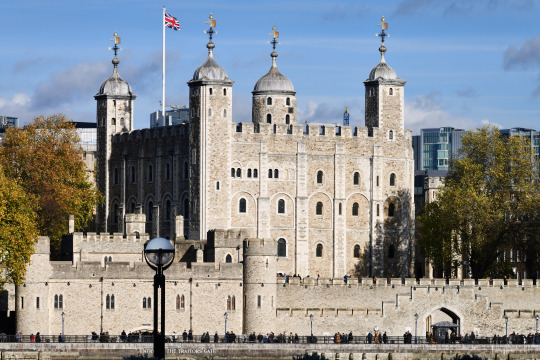
The Tower of London from the South Bank of the Thames
#tower of london#castle#medieval#palace#royalty#history#british history#tower#travel#London#England#UK
156 notes
·
View notes
Link
82 notes
·
View notes
Text
Black women were disproportionately affected by the Black Death in 14th Century London. New bioarchaeological research uncovers hidden racial disparities in medieval health crises.
25 notes
·
View notes
Text
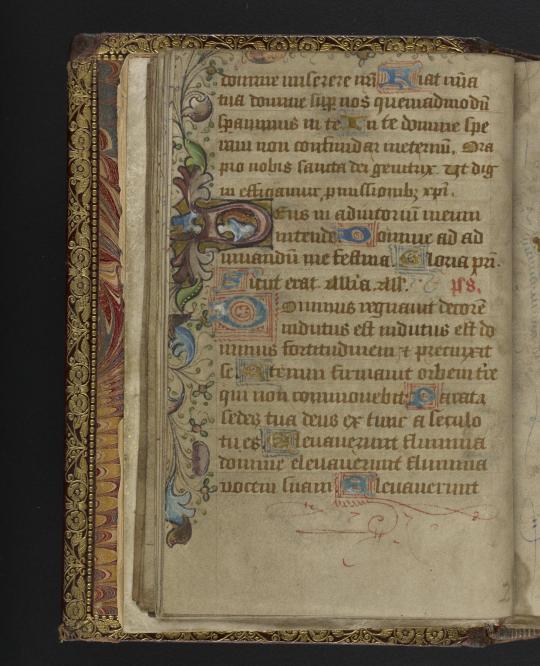







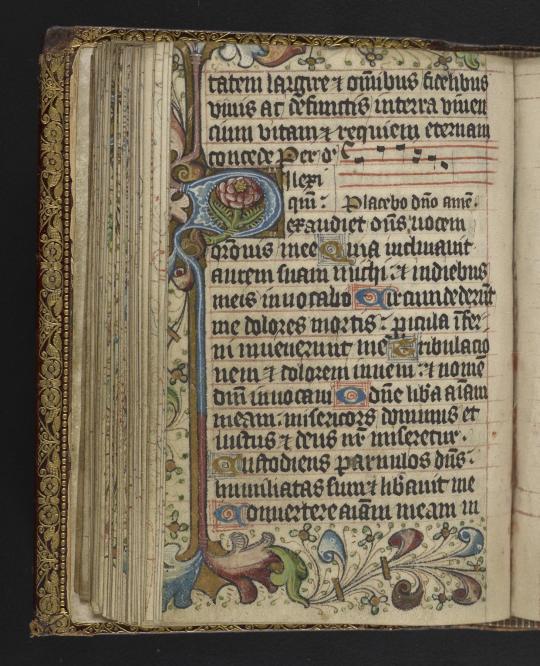

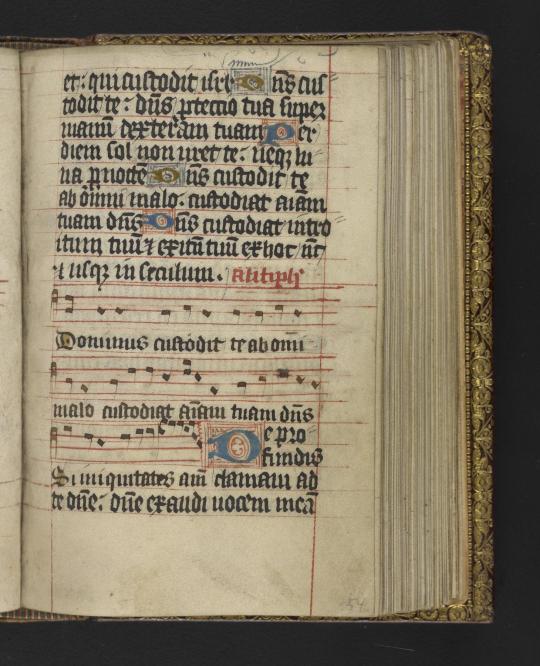

Today's #YearOfHours #BookOfHours is Ms. Codex 1063, produced in England, probably London, perhaps for a member of a religious confraternity or community. The musical notation in the Office of the Dead is unusual, as is the absence of the prayers Obsecro te and O intemerata.
🔗:
#medieval#manuscript#illustration#illumination#15th century#book of hours#year of hours#england#london#sarum#music#musical notation#neumes#book history#rare books
278 notes
·
View notes
Text

The King of France, Louis IX, sent an elephant to Henry III of England in 1255. This elephant was kept in the Tower of London as part of a growing menagerie, including lions and a polar bear. The London elephant didn’t live long, possibly because its keepers fed it beef and let it drink wine. Here's an image of it by Matthew Paris.
{WHF} {Ko-Fi} {Medium}
62 notes
·
View notes
Text

Olaf at London Bridge — English School (20th century)
#olaf#london#london bridge#england#viking age#anglo saxon#norway#norwegian#danes#ethelred the unready#snorri sturluson#heimskringla#history#art#drakkar#viking#vikings#middle ages#medieval#europe#olaf ii haraldsson#olav haraldsson#olaf haraldsson#ships#ship#sagas#nordic#norse#european
81 notes
·
View notes